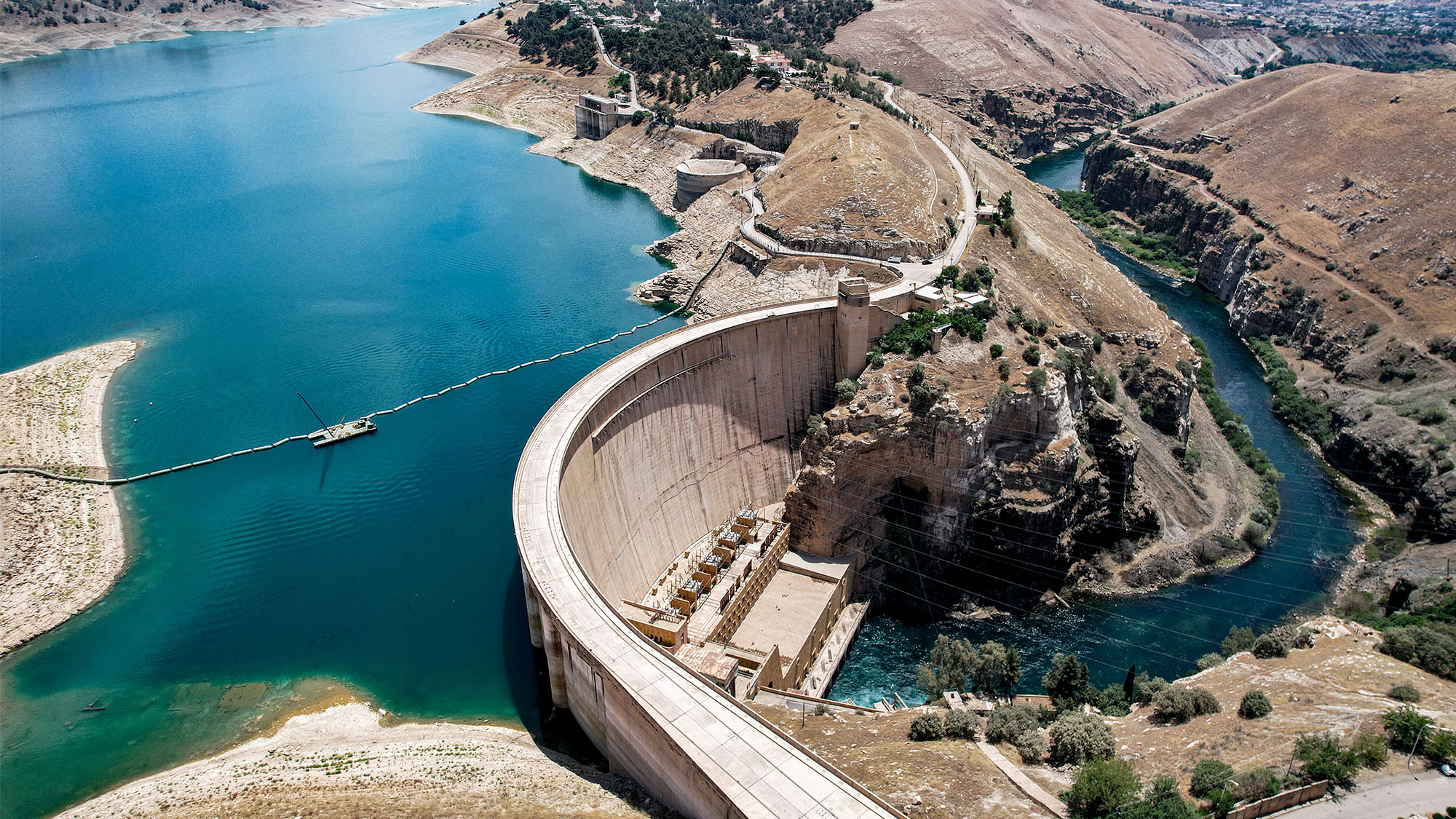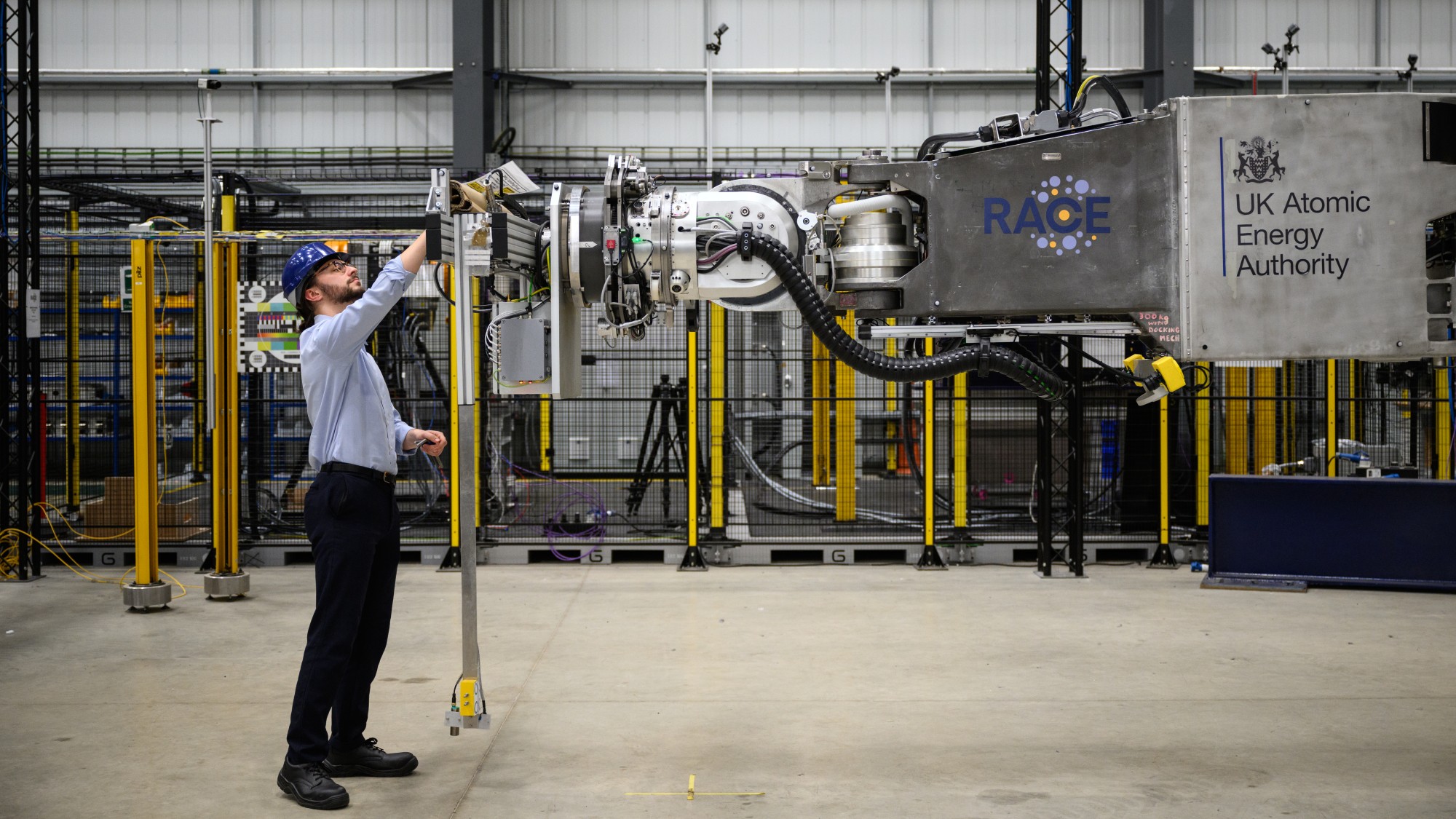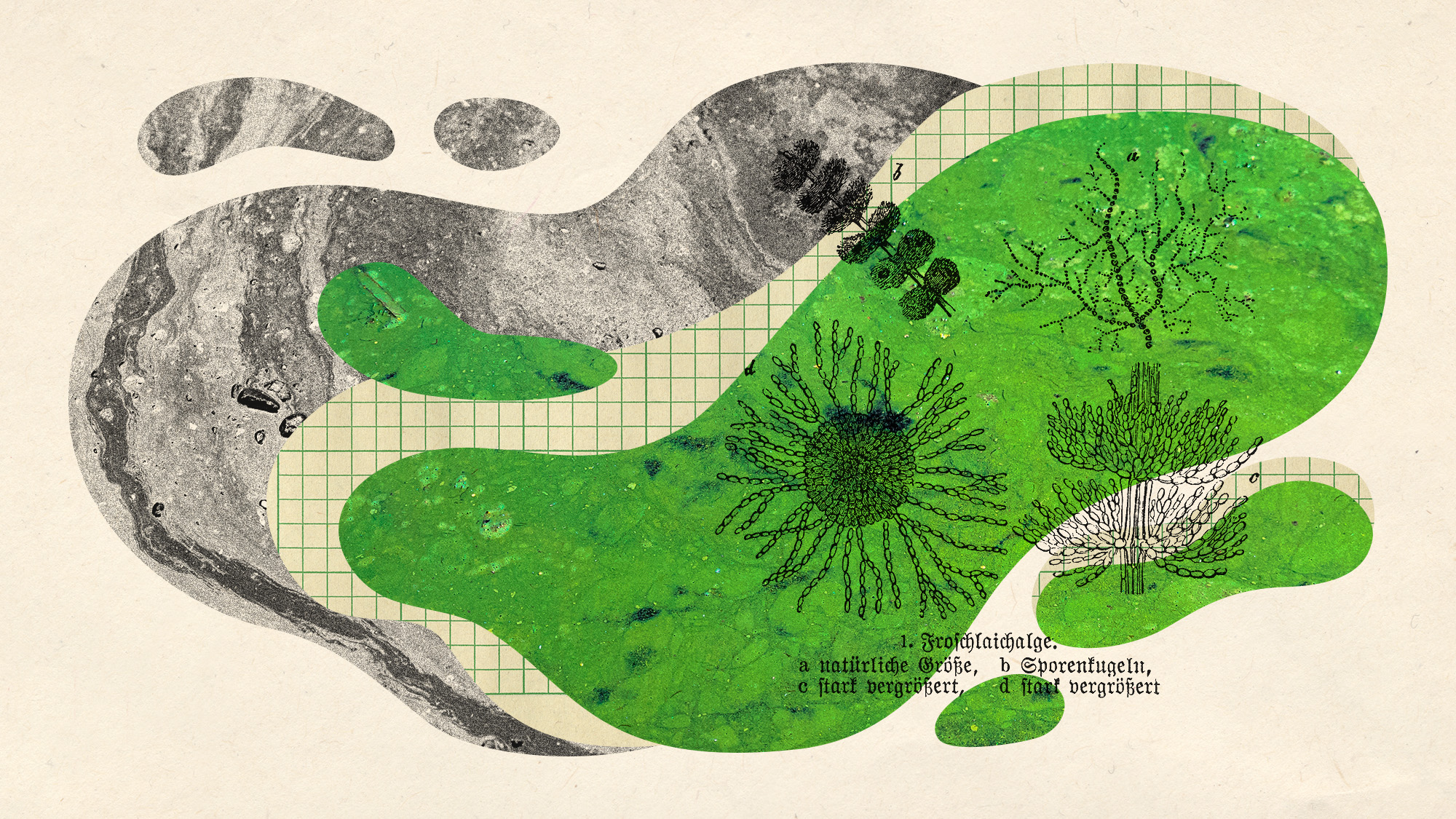Sodium batteries could make electric flight viable
Low-cost fuel cell has far higher energy density than electric car batteries and produces chemical by-product that could absorb CO2 from the atmosphere

Zero-emissions air travel may be one step closer after scientists at the Massachusetts Institute of Technology unveiled a new type of sodium fuel cell that could one day make electric-powered flight viable.
'Environmental benefits at no cost'
The sodium-air fuel cell – designed by a team led by Yet-Ming Chiang, professor of materials science and engineering at MIT – works by combining liquid sodium metal with oxygen drawn from the air to create a continuous reaction.
The device is "based on well-established electrochemical principles", said The Times. But "unlike conventional batteries, which must be recharged, it is designed to be refuelled, with its energy-rich material being replaced as it is consumed". In this way it is "more similar conceptually to hydrogen fuel cell systems", said MIT Technology Review.
The Week
Escape your echo chamber. Get the facts behind the news, plus analysis from multiple perspectives.

Sign up for The Week's Free Newsletters
From our morning news briefing to a weekly Good News Newsletter, get the best of The Week delivered directly to your inbox.
From our morning news briefing to a weekly Good News Newsletter, get the best of The Week delivered directly to your inbox.
Liquid sodium metal "doesn't require the super-cold temperatures or high pressures that hydrogen does, making it potentially more practical for transport". There are also "economic factors working in favour of sodium-based systems" as sodium metal can be made from sodium chloride – commonly known as table salt – which is "incredibly cheap".
The sodium-air cell also produces sodium hydroxide as a chemical by-product, which could be used to absorb CO2 from the atmosphere or turned into sodium bicarbonate for ocean-based carbon removal. It is an "essentially free" by-product, "producing environmental benefits at no cost", said Chiang.
'Within the next year'
With a Boeing 747 estimated to burn around 3,800 gallons of fuel per hour, or about one gallon every second, according to Simple Flying, the aviation industry has long sought a way to make air travel more sustainable (and cheaper).
The focus up to now has been on sustainable aviation fuel (SAF), made from non-petroleum-based renewable sources, such as waste oil and biomass. The International Air Transport Association said it expects the amount of SAF produced globally to double in 2025 to reach 2 million tonnes, said Reuters. Yet this still represents just 0.7% of airlines' total fuel consumption worldwide, with questions around the supply of SAF and its cost, which is far more than traditional jet fuel.
A free daily email with the biggest news stories of the day – and the best features from TheWeek.com
When it comes to electric-powered flight, the energy density of a power source – the amount of energy stored per unit of weight – is "critical", said The Times. Aircraft must be "as light as possible to achieve lift and to maximise range, and the lithium-ion batteries used in electric cars have too low an energy density to power most aircraft. Without a large boost in energy density, electric-powered flight remains impractical for all but the smallest aircraft over short distances."
In laboratory tests, the MIT sodium-air fuel cell prototype delivered more than five times as much energy per kilogram as the lithium-ion batteries currently used in cars.
But even so, sodium-air-powered flight is still some way off. The "next step", said MIT, is to continue research to "improve the cells' performance and energy density, and to start designing small-scale systems", with drones a potential option.
"We'd like to make something fly within the next year," Chiang said.
-
 Quiz of The Week: 29 November – 5 December
Quiz of The Week: 29 November – 5 DecemberQuiz Have you been paying attention to The Week’s news?
-
 The week’s best photos
The week’s best photosIn Pictures A drive in the desert, prayers with pigeons, and more
-
 The Week Unwrapped: Will drought fuel global violence?
The Week Unwrapped: Will drought fuel global violence?Podcast Plus why did Trump pardon a drug-trafficking president? And are romantic comedies in terminal decline?
-
 Why scientists are attempting nuclear fusion
Why scientists are attempting nuclear fusionThe Explainer Harnessing the reaction that powers the stars could offer a potentially unlimited source of carbon-free energy, and the race is hotting up
-
 New York plans first nuclear plant in 36 years
New York plans first nuclear plant in 36 yearsSpeed Read The plant, to be constructed somewhere in upstate New York, will produce enough energy to power a million homes
-
 Chile's stargazing 'dark skies' are under threat
Chile's stargazing 'dark skies' are under threatUnder The Radar New chemical plant could spoil celebrated astronomical stronghold
-
 Cautious optimism surrounds plans for the world's first nuclear fusion power plant
Cautious optimism surrounds plans for the world's first nuclear fusion power plantTalking Point Some in the industry feel that the plant will face many challenges
-
 Is Daylight Saving Time good for the climate?
Is Daylight Saving Time good for the climate?Under the Radar Scientists are split over the potential environmental benefits of the hotly contested time change
-
 Extinct volcanos are a treasure trove of elements
Extinct volcanos are a treasure trove of elementsUnder the Radar Rare earth elements may be a little less rare
-
 Algae has a variety of uses and fuel may be next
Algae has a variety of uses and fuel may be nextunder the radar The future is green and comes from the deep
-
 4 tips to make your home more eco-friendly
4 tips to make your home more eco-friendlyThe Week Recommends You don't have to spend a bunch of money to make more sustainable choices